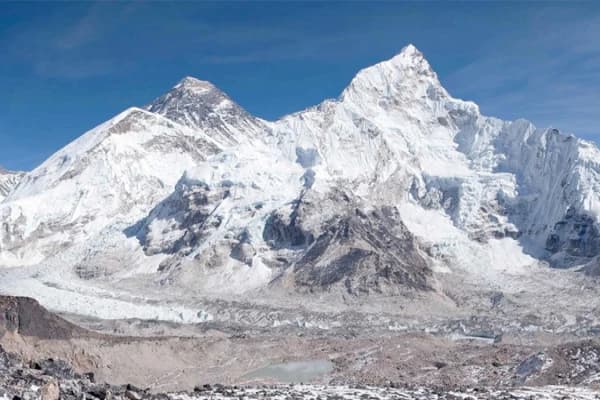Mount Everest, the highest mountain in the world, stands tall at 29,032 feet (8,848 meters). But how cold does it get up there? The temperatures on Everest are not just chilly—they’re extreme and life-threatening. If you are planning for the Everest Base Camp trek, you should be prepared for the cold temperature in Everest. This article will explore how cold it gets on Mount Everest, why it’s so cold, and what it takes to survive in such harsh conditions.
Why Is Mount Everest So Cold?

Mount Everest experiences extreme cold mainly because it is very high. As it rises in the atmosphere, the snow gets thinner and thinner and can hardly hold back the heat, causing a drastic drop in temperature. Furthermore, Everest is far from the equator, meaning less direct sunlight reaches it, adding to its frozen climate.
Recommended Read: Where is Mount Everest Located?
How Cold Is It at the Summit?
At the summit of Mount Everest, temperatures can plummet to as low as -60°F (-51°C). To put that into perspective, imagine the coldest winter day you’ve ever experienced and multiply it by ten—that’s how cold it is at the top of Everest.
Seasonal Temperature Variations
Despite its extreme altitude, Everest does experience seasonal temperature changes, though they’re all far colder than most of us are used to.
Summer (May to September): Even in summer, temperatures at the summit can range from -10°F to -30°F (-23°C to -34°C). At base camp, conditions are slightly warmer, ranging from -4°F to 14°F (-20°C to -10°C).
Winter (November to February): Everest's winter is brutally cold. Summit temperatures can drop to -76°F (-60°C), while base camp temperatures range from -22°F to -13°F (-30°C to -25°C).
Recommended Read:
Factors Affecting Temperature
Several factors contribute to the severe cold on Mount Everest:
Altitude: As you go up higher and higher, the colder it is. As you go 1,000 feet upward, temperatures lower by a couple of degrees. Given Everest is just a tall mountain, it does create a pretty drastic temperature drop.
Wind Chill Factor: Gusty winds howl around Everest often, sometimes reaching hurricane strength. Wind chill further lowers this below-freezing temperature and rapidly depletes the body's heat.
Time of Day and Year: The best time to climb Everest is during the spring, from April to May, when temperatures are milder. However, climbers are still in icy conditions, especially at night.
For more details on the Everest Base Camp trek and its distance, length, and elevation, check out our full guide on Everest Base Camp Trek Distance, Length, and Elevation.
Surviving the Cold on Mount Everest
Mount Everest is both a physical challenge and a fight with cold. Below is how climbers get themselves ready for survival:
- Correct Clothes and Equipment: Wearing clothes in layers helps. Base layers, insulation, and windproof/waterproof outer shells.
- Down Suits: A feather-filled suit is indispensable to keep warm in subzero temperatures at higher altitudes.
- Insulating Gloves, Hats, and Boots: A climber must avoid freezing his hands and feet.
- Oxygen Masks: The air is thin at high altitudes, making breathing problematic. Thus, climbers use oxygen masks and tanks.
- Tents: Climbers sleep in specially designed tents that withstand strong winds and cold temperatures.
- Sleeping Bags: These are rated for extreme cold, keeping climbers warm even when temperatures drop below freezing.
For more on what to pack for your Everest Base Camp trek, check out our Everest Base Camp Trek Packing List.
The Dangers of Not Being Prepared
Without proper preparation, the cold on Mount Everest can be deadly:
- Frostbite: Freezing of skin and underlying tissues, most often affecting fingers, toes, ears, and the nose. Severe frostbite can cause permanent damage or even amputation.
- Hypothermia: Dangerously low body temperature, which can cause confusion, unconsciousness, and death if not treated.
FAQs About the Cold on Mount Everest
What is the coldest temperature ever recorded on Mount Everest?
The coldest temperature recorded on Everest is -76°F (-60°C).
Can you drink water on Mount Everest?
Yes, but it needs to be boiled to kill any bacteria.
How long does it take to climb Mount Everest?
The average expedition takes about two months, including acclimatization time.
What is the deadliest zone on Mount Everest?
The "Death Zone" is above 8,000 meters (26,247 feet), where the oxygen level is too low for humans to acclimatize.
What is the best time to climb Mount Everest?
Spring (April to May) is generally considered the best time due to slightly milder conditions.
Can you survive the cold on Mount Everest without proper gear?
No, the extreme cold can cause frostbite and hypothermia, which are life-threatening without proper gear.
What is the wind chill on Mount Everest?
Wind chill can make the temperature feel like -100°F (-73°C) or colder, especially with winds over 100 miles per hour (160 kilometres per hour).
How do climbers stay warm on Mount Everest?
They wear layered clothing, down suits, insulated gloves, hats, boots, and oxygen masks. They also use unique tents and sleeping bags designed for extreme cold.
Conclusion
Mount Everest is incredibly cold, with temperatures that challenge the limits of human endurance. While reaching the summit is extraordinary, being well-prepared to face the extreme cold and ensure a safe return is essential.
If you plan an Everest base camp trek this year, book your trip with Real Adventure. We have been providing travel adventures for more than fifteen years.
Our packages for the Everest Base Camp Trek
Everest Base Camp Helicopter Day Trip
Kailash Mansarovar and Everest Base Camp Trek
Everest View Luxury Lodge Trek
Everest Three-Pass Trek
Everest Base Camp Trek with Island Peak Climbing
Everest Chola Pass Trek
Everest Base Camp Trek with Helicopter Return
Everest Base Camp Helicopter Day Trip



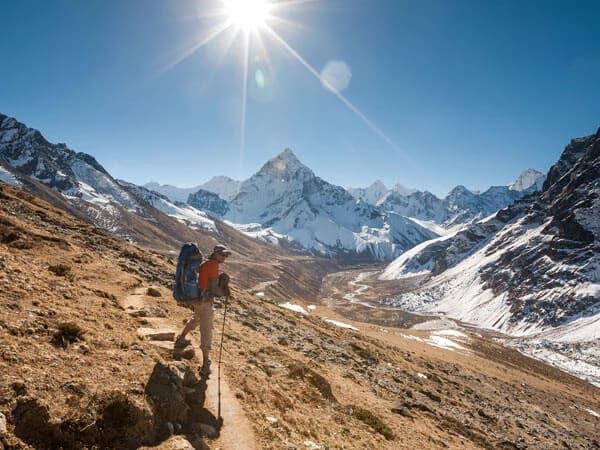
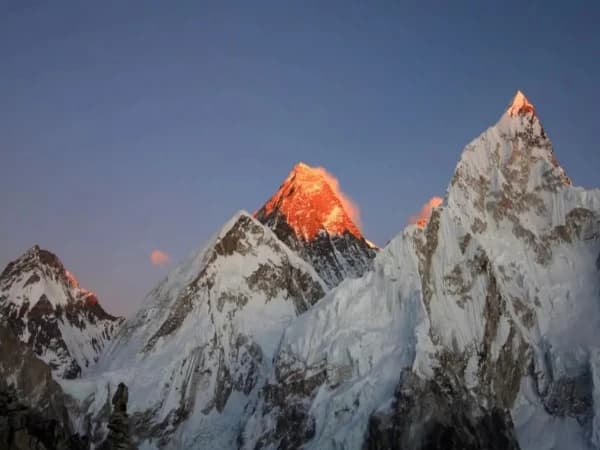

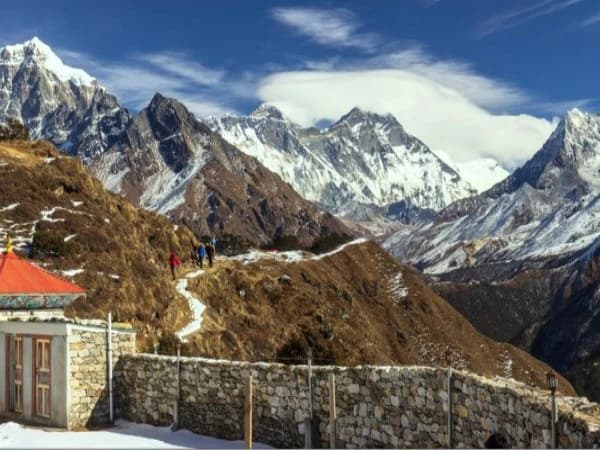
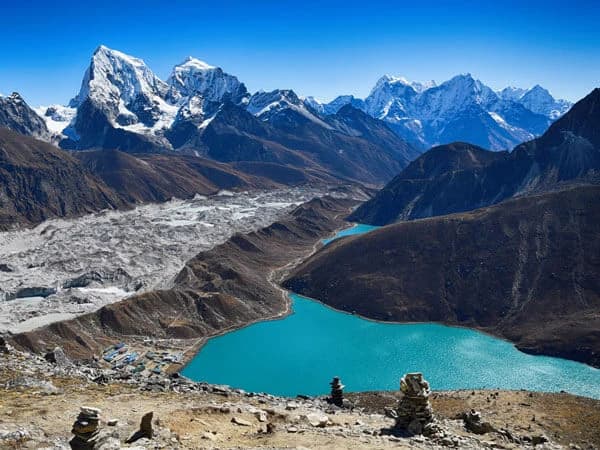
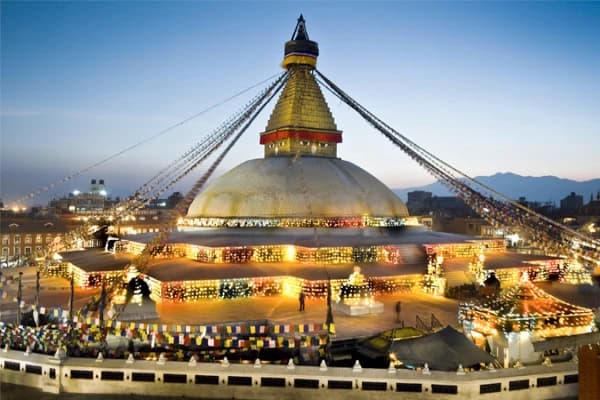
-(5).webp&w=1200&q=75&dpl=dpl_CtNAyRzUAwPdWKDCFxYk5p2VryPh)
